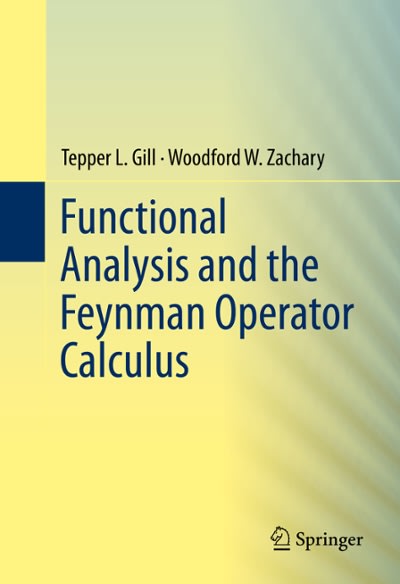
The first polio epidemic hit the United States in 1916. By the 19505 several vaccines against the disease had been discovered. The one developed by Jonas Salk seemed the most promising in laboratory trials. By 1954, the National Foundation for Infantile Paralysis (NFIP) was ready to try the vaccine in the real world. They ran a controlled experiment to analyze the effectiveness of the vaccine. The data is shown in the first table below {grade refers to educational stage). From this table, you interpret that the experiment was run the following way: - Vaccines were offered to Grade 2 students, but some Grade 2 students did not consent and opted out of the offered vaccine. - Vaccines were not offered to Grade 1 and Grade 3 students. The experiment was later repeated as a randomized controlled doubleblind experiment. The data is shown in the second table below. Randomized Controlled Double-Blind Experiment _ Polio rate per 100,000 8 compare these two studies. 1. How would you run a randomized controlled double-blind experiment to determine the effectiveness of the vaccine? Write down procedures for the experimenter to follow. 2. For each of the NFIP study, and the Randomized controlled double-blind experiment above, which numbers (or estimates) show the effectiveness of the vaccine? Describe whether the estimates suggest the vaccine is effective. 3. Let us examine how reliable the estimates are for the NFIP study. A train of potentially problematic but quite possible scenarios cross your mind: . (a) Scenario: What if Grade 1 and Grade 3 students are different from Grade 2 students in some ways? For example, what if children of different ages are susceptible to polio in different degrees? . Can such a difference influence the result of the NFIP experiment? If so, give an example of how a difference between the groups can influence the result. Describe an experimental design that will prevent this difference between groups from making the estimate not reliable. . (b) Polio is an infectious disease. The NFIP study was not done blindly; that is, the children know whether they get the vaccine or not. Could this bias the results? If so, Give an example of how it could bias the results. Describe an aspect of an experimental design that prevents this kind of bias. . (c) Even if the act of "getting vaccine" does lead to reduced infection, it does not necessarily mean that it is the vaccine itself that leads to this result. Give an example of how this could be the case. Describe an aspect of experimental design that would eliminate biases not due to the vaccine itself. 4. In both experiments, neither control groups nor the no-consent groups got the vaccine. Yet the noconsent groups had a lower rate of polio compared to the control group. Why could that be? 5. In the randomized controlled trial, the children whose parents refused to participate in the trial got polio at the rate of 46 per 100000, while the children whose parents consented to participate got polio at a slighter higher rate of 49 per 100000 (treatment and control groups taken together). On the basis of these numbers, in the following year, some parents refused to allow their children to participate in the experiment and be exposed to this higher risk of polio. Was their conclusion correct? What would be the consequence if a large group of parents act this way in the next year's trial









